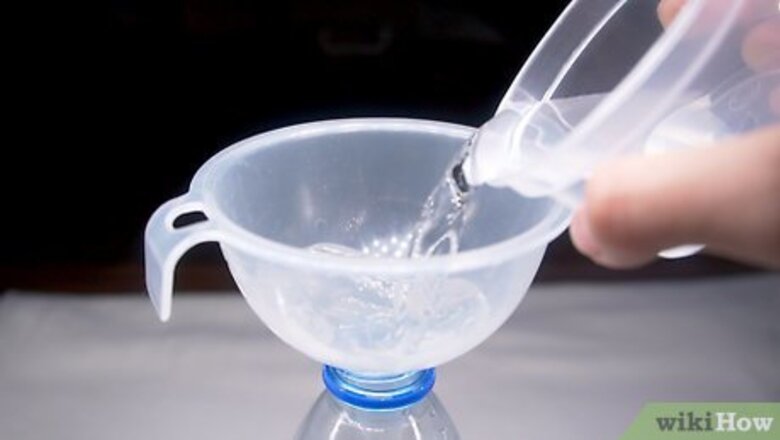
views
Assembling Your Thermometer
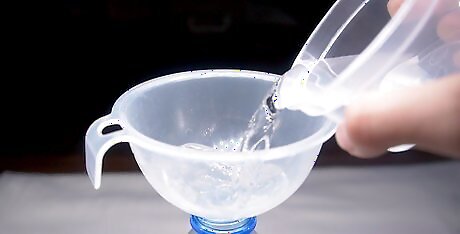
Mix 2 ⁄2 fl oz (74 ml) of cold water with 2 ⁄2 fl oz (74 ml) of rubbing alcohol. Use a measuring cup to mix equal parts of tap water and rubbing alcohol. You can either mix the solution in the measuring cup or pour it directly into a 20 fluid ounces (590 ml) plastic water bottle. Rubbing alcohol can be purchased at your local pharmacy. Don’t drink the mixture once you’ve made it since it’s not safe to consume.
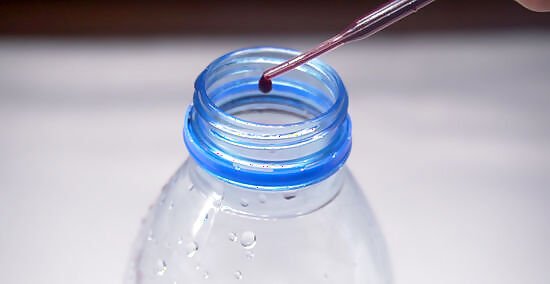
Add a few drops of red food coloring to the solution if you want to see it better. The food coloring makes the water resemble the mercury used in traditional thermometers. Squeeze 1 or 2 drops into the solution and swirl it around to mix it. This step is optional if you don’t have any food coloring.
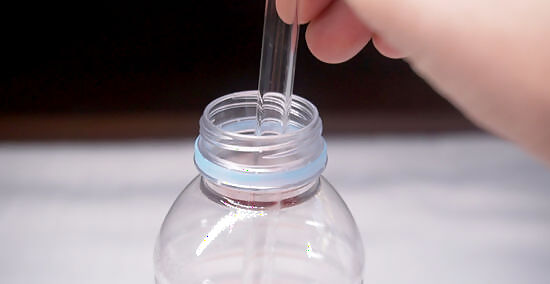
Put the straw in the bottle so it doesn’t touch the bottom. Use a clear, straight straw so you can see the liquid inside. Put the straw in the opening of the bottle and hold it in place so it’s submerged, but just above the bottom of the bottle. If the straw touches the bottom, the alcohol-water solution won’t be able to travel through it and your thermometer won’t work.
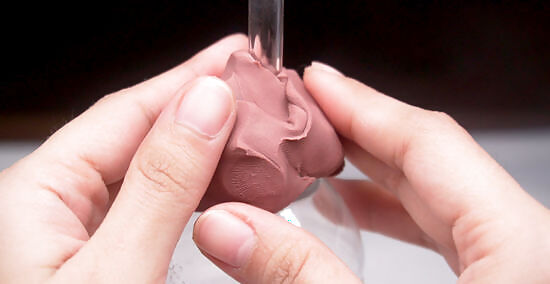
Wrap modeling clay around the top of the straw to seal the bottle. Mold the clay over the opening in the bottle so it’s airtight. Make sure the straw isn’t pinched or covered on top as you wrap clay around it, or else your thermometer won’t work. Once you’re finished adding clay, your thermometer is complete. Modeling clay can be purchased at your local arts and crafts store. As an alternative, poke a hole through the bottle’s cap large enough to fit the straw through and twist it onto the bottle. Seal any of the edges with a small amount of clay.
Finding Temperatures
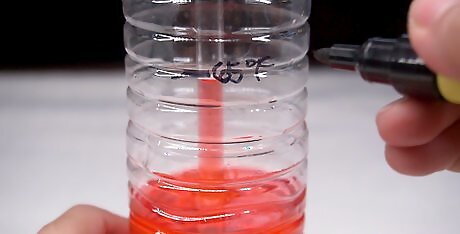
Label the water level at room temperature. Look for the liquid level inside the straw and use a permanent marker to draw a line on the bottle. Take a reading from a mercury thermometer on a table to find the actual temperature of the room. Write it down next to the line on the bottle.
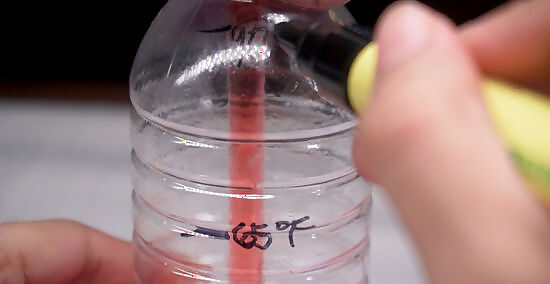
Set the bottle in a container of hot water and label it. Fill the bottom of a container large enough to hold your thermometer with warm water. Put your thermometer in the container and watch the water level rise in the straw. Once the level stops moving, make a line on the bottle or straw with a marker and label it with the actual temperature of the water. The heat causes the air in the bottle to expand. Since the bottle is airtight and it can only expand through the straw, the water level moves up through it as it expands. The water may come out of the top of the straw if the water is too hot.
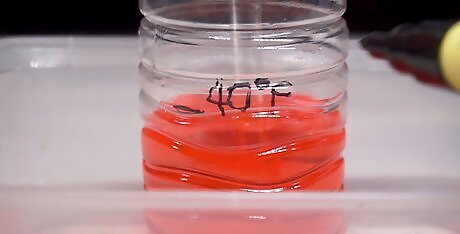
Test your thermometer in cold water and mark the bottle with the temperature. Put the bottle in another container with cold tap water. Notice how the water level in the straw goes down the longer it’s in the water. Once the level has settled, label the actual temperature on the bottle. The air contracts as it cools down, making the water level drop inside the straw. The mixture inside your thermometer will freeze if it falls below 32 °F (0 °C) and it will not work.




















Comments
0 comment